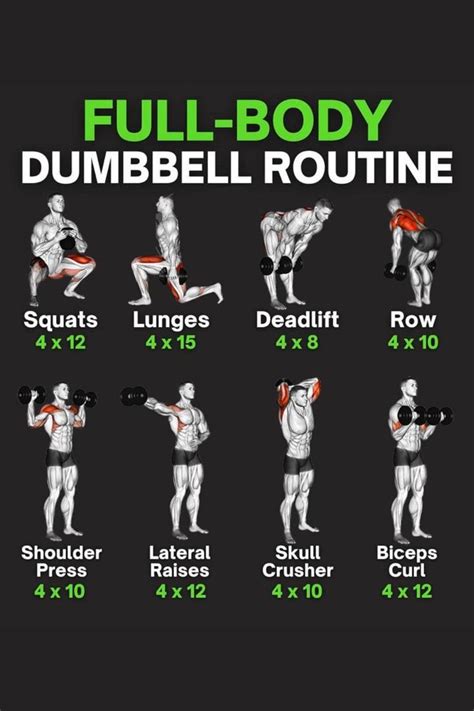Optimize workout intensity for peak strength gains and rapid recovery?

In the quest for peak physical performance, two critical elements often stand in a delicate balance: maximizing workout intensity for strength gains and ensuring rapid, effective recovery. Striking the right equilibrium is not merely about lifting heavier; it’s about intelligent training that respects the body’s physiological limits and adaptive capabilities. This article delves into the science and practical strategies behind optimizing your workout intensity to achieve your strength goals without compromising your body’s ability to bounce back stronger.
Understanding Workout Intensity
Workout intensity isn’t just about how heavy the weight is; it’s a multifaceted concept encompassing the effort exerted during your training session. For strength training, intensity is primarily measured by the load lifted relative to your one-repetition maximum (1RM), the proximity to muscular failure, and subjective scales like Rate of Perceived Exertion (RPE) or Reps in Reserve (RIR). High intensity typically means heavier loads, fewer repetitions, and closer proximity to failure, which places significant stress on the central nervous system and muscular system, acting as a potent stimulus for strength adaptations.

The Sweet Spot: Intensity for Strength Gains
To stimulate peak strength gains, your workouts must provide sufficient stimulus to challenge your muscles and nervous system beyond their current capabilities. This principle is known as progressive overload. For strength development, training with loads above 70-80% of your 1RM, performing 1-6 repetitions per set, and approaching muscular failure (but not necessarily hitting it on every set) are generally considered effective. These heavy loads recruit more high-threshold motor units, which are essential for building maximal strength.
However, constantly training to absolute failure or with maximal loads can be counterproductive, leading to excessive fatigue, increased injury risk, and impaired recovery. The “sweet spot” often involves cycling intensity, incorporating periods of higher intensity with slightly lower intensity work, ensuring continued progress without overreaching.
The Crucial Role of Recovery
The intensity of your workouts directly dictates the recovery demands on your body. High-intensity strength training causes micro-trauma to muscle fibers and places stress on the central nervous system. Without adequate recovery, your body cannot repair, rebuild, and adapt to these stressors. Signs of insufficient recovery include persistent muscle soreness, decreased performance, fatigue, irritability, and sleep disturbances – often indicative of overtraining or chronic overreaching.
Recovery is not just about rest days; it involves quality sleep, adequate nutrition (especially protein and carbohydrates), hydration, and managing overall life stress. Neglecting these aspects, regardless of how perfectly you program your intensity, will inevitably hinder strength gains and increase the risk of injury and burnout.

Strategies for Optimal Intensity and Recovery
Periodization and Programming
One of the most effective ways to optimize intensity and recovery is through periodization. This involves systematically varying training variables like intensity, volume, and exercise selection over time. Linear periodization, for example, might start with higher volume and lower intensity, gradually progressing to lower volume and higher intensity. Undulating periodization, on the other hand, varies these variables more frequently (e.g., daily or weekly), allowing for a more dynamic approach.

Rate of Perceived Exertion (RPE) and Reps in Reserve (RIR)
These subjective scales allow you to auto-regulate your intensity based on how you feel on a given day. An RPE of 8-9 (meaning you could do 1-2 more reps) is often ideal for strength work, providing a strong stimulus without pushing you to complete failure every time. Similarly, aiming for 1-2 RIR allows for high-quality sets while preserving recovery capacity.
Deload Weeks
Regular deload weeks (every 4-8 weeks, depending on individual needs) are crucial. During a deload, you significantly reduce training volume and/or intensity (e.g., 50-70% of usual) for a week. This allows your body to fully recover, dissipate accumulated fatigue, and prepare for the next training block, preventing overtraining and promoting continued progress.

Active Recovery and Lifestyle Factors
Incorporating light activity, stretching, foam rolling, and mobility work on off days can aid blood flow and reduce muscle soreness, facilitating recovery. Beyond the gym, prioritize 7-9 hours of quality sleep, consume a nutrient-dense diet rich in whole foods, and manage stress effectively. These lifestyle factors are non-negotiable for sustained high-intensity training and optimal recovery.

Conclusion
Optimizing workout intensity for peak strength gains and rapid recovery is a nuanced art backed by science. It’s about intelligently applying sufficient stress to stimulate adaptation while providing your body with the necessary resources and time to recover and rebuild. By understanding the principles of intensity, employing strategic programming like periodization and RPE, and prioritizing comprehensive recovery strategies, you can unlock your full strength potential, maintain consistency, and ensure a sustainable, injury-free training journey. Listen to your body, train smart, and the gains will follow.








